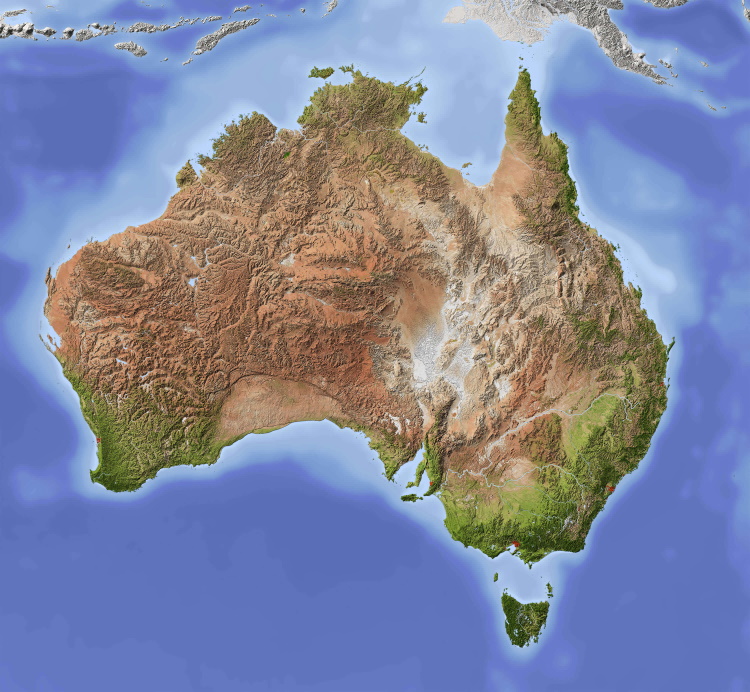Thanks to everybody who responded to my last thread asking how the system works. I went in thinking Australia had Winner Takes All (WTA) or First Past The Post (FPTP) for parliamentary elections of the House of Representatives, but found out it does in fact have preferential voting.
As a European living in a democracy with lower houses / parliaments / houses of representatives that have proportional representation (multiple parties in parliament forcing requiring coalitions) allowing only a single tick per list on the ballot, it’s a little strange to see the choice in Australia seemingly come down to two political parties. There are multiple groups here fighting for preferential voting and you guys have it yet look like the UK or the US when considering voting outcomes.
Why doesn’t preferential voting not lead to plurality in Australia and more choice? Have there been efforts to change the system in such a way that plurality can be achieved?
Thank you for your insights! This is quite interesting to me.
Australia only has proportion representation in the Senate (upper house). Each state elects 6 senators based on the proportion of votes they receive.
In the House of Representatives (lower house) you vote for your local member. This is a vote for a single person per electorate via preferential voting. Therefore, there is no proportional representation in the lower house and smaller parties are unlikely to get any seats unless they have concentrated supporter bases (ie the Nationals are a rural party and only ever get seats in rural electorates).
Australia’s 4 largest parties are the Labor, Liberals, Nationals and Greens parties (in order of popularity). The Liberals and Nationals are the two major conservative parties and typically form a Coalition together to govern. Labor typically can govern on its own but has also formed a coalition with the Greens in the past.
Due to its proportional system, the Senate has a larger number of parties represented. No government has had a majority in the senate in over 20 years (and even that was the Liberal and National Coalition government having exactly half of the senate seats).
In the latest election, Labor had a landslide victory but still won’t have a majority in the Senate. Therefore, despite not having a formal coalition government, they will still need support from other parties to pass legislation.
Australia’s 4 largest parties are the Labor, Liberals, Nationals and Greens parties (in order of popularity).
The Greens are much more popular than The Nationals. ~12% of nationwide first preferences at this election vs 4%.
Fair call.
The Nationals do have more seats than the Greens but “in order of popularity” was probably the wrong wording.
The Nationals don’t contest all seats and are also combined as the LNP in Queensland. Even so, they would be unlikely to get to 12% of the national vote if they did.
I am not an Australian, so I can’t speak for specific local cultural issues, but it’s important to understand that Instant Runoff elections still have a lot of the same problems as First Past the Post voting. We could deep dive into the sociology and math of it all, but the short version is that politicians seeking power will always seek an unfair advantage. A two party system is easier to game than a multi-faceted, multi-party confluence of issue-driven voters. The specifics are unique to Australia, but the underlying causes are the same.
How badly do you want true democracy? Are you willing to vote for it? Are you willing to donate money and time to it? Are you willing to stand up and protest the people who would keep it from you? Are you willing to run for office? Are you willing to fight for it? To kill for it? To die for it?
Because there will always be someone who wants power and is willing to go the distance to take it.
The most successful democracies are forged in the crucible of tyranny. Rebellion against a dictator unites the people in the common belief that people should be free. But a free society will fall again to fascism as free people become complacent. If the subtle seduction happens slow enough, then the people will not rise up until fascism has already taken hold.
A two party system provides some semblance of “balance” as power is rocked back and forth like a boat on the waves, moving from left to right and back, but never leaving the deck.
This is not a direct answer but you might be interested in the ABC series ‘Swingers’, released in the lead up to the most recent federal election. It has quite a bit of history about Australia’s political system and the attitudes of Australian voters.
The lower house, which legislates, is not proportionally represented, so even with preferential voting, Duverger’s Law applies and pushes towards two main parties (though not as strongly as under FPTP). The federal Senate is proportional, and there there are plenty of parties, with the government needing to deal with crossbenchers to pass legislation.
It’s a phenomenon that has been studied by psephologists and political scientists. Ultimately, it’s because IRV is a single-winner system. And single-winner systems have a strong preference for 2 party systems because at the end of the day, if one person wins, it’s likely to be from one of the largest groups.
Our Senate doesn’t use a single-winner system. It uses STV, which is a proportional system. Unfortunately because we only elect 6 Senators per state, there’s not a lot of room to create proportionality, so there are still only a relatively small number of groups represented. Contrast with the MMP system used in New Zealand and Germany, or direct proportional systems like the Netherlands and Norway, and you get much better truly proportional results.



